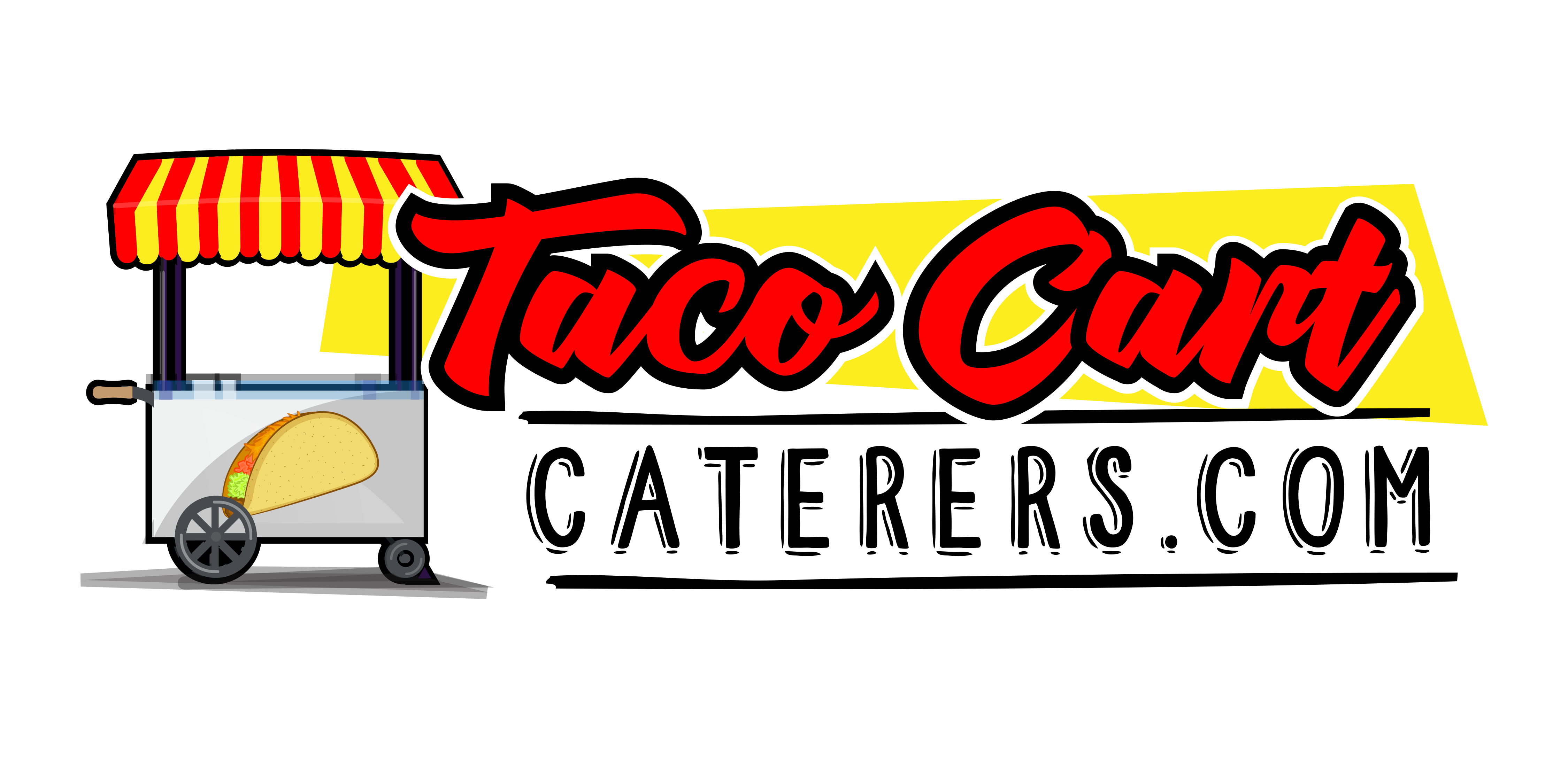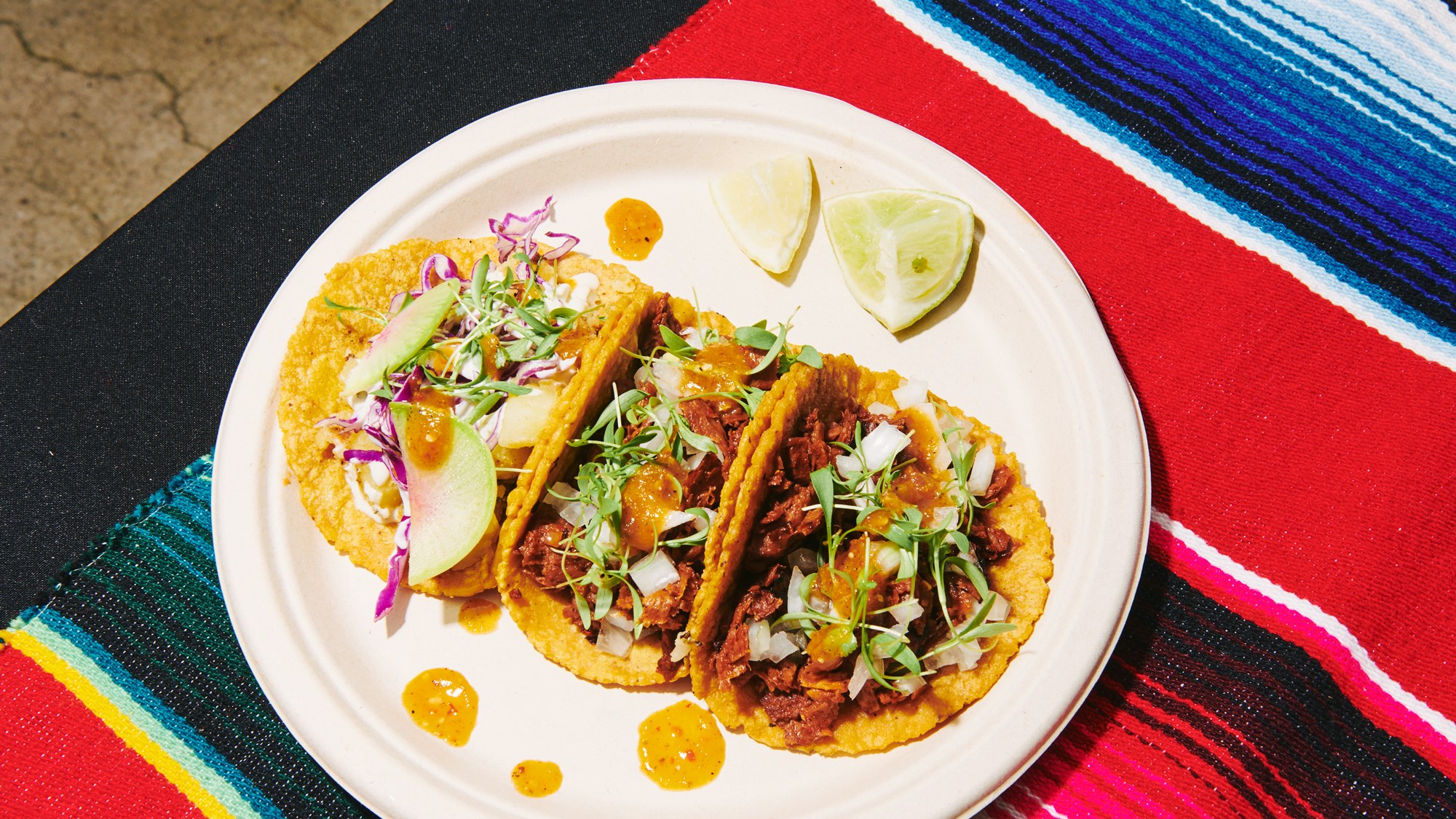It’s Friday night on a busy street corner in Los Angeles’s Koreatown, and Denise Vallejo showers a handful of cilantro over a flour tortilla piled high with grilled seitan and her signature melty cassava-flour-and-cashew cheese. Her “Chicali” taco, a vegan version of the carne asada tacos sold across Mexicali, a city in northern Mexico where Vallejo’s family is from, costs $7, on the higher side for the neighborhood.
But people line up regardless. They’re drawn to her food and her philosophy: that Mexican cooking can be vegan, and that rooting out animal-based ingredients is actually better for Latinx bodies.
Vegan Mexican food as a concept isn’t new in Los Angeles. But for years the cuisine has been positioned in wealthier, whiter neighborhoods on L.A.’s west side, and not the Spanish-speaking communities east of and near downtown. According to the USDA’s Food Access Research Atlas, nearly all of L.A.’s food deserts—low-income areas with limited access to supermarkets—sit in heavily Latinx neighborhoods. Recently, a growing number of Chicana chefs have launched their own niche food businesses, evangelizing the benefits of Mexican vegan food with the city’s Latinx populations in mind.
Vallejo, and others like her, push vegan food not only because of its health benefits (Latinx populations/communities nationwide have soaring rates of obesity and diabetes), but also because it’s a way to reject the modern narrative of Mexican cooking as being heavy on cheese, meat, and lard.
When she first went vegan in 2008, after her father had a stroke and her aunt was diagnosed with cancer, Vallejo got flack from her Mexican American friends who told her she wasn’t being true to her heritage. Her response was to dig into the roots of Mexican cuisine and create the food that she wanted to eat. “Once you start researching the things we ate before the Spanish invasion, it’s like, ‘Oh, this is what we’re supposed to eat.’” Before the conquest, the average indigenous diet would have included foods like tomatoes, squash, amaranth, corn, beans, and chiles. It wasn’t until the Spaniards brought pork, sugar, and wheat in the 16th century that these ingredients were integrated into indigenous diets. “People are getting sick all the time because they’re eating too many colonial foods,” Vallejo says.
Click here to view the original web page at www.bonappetit.com

